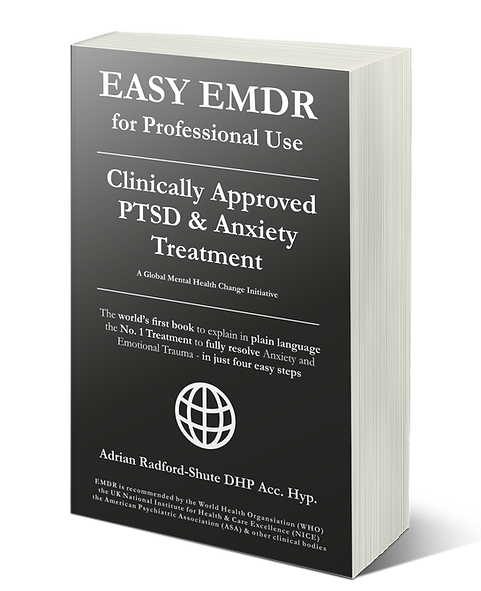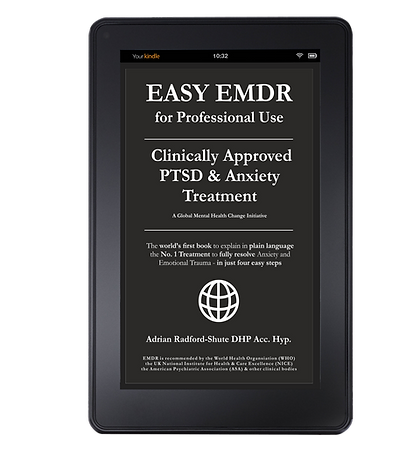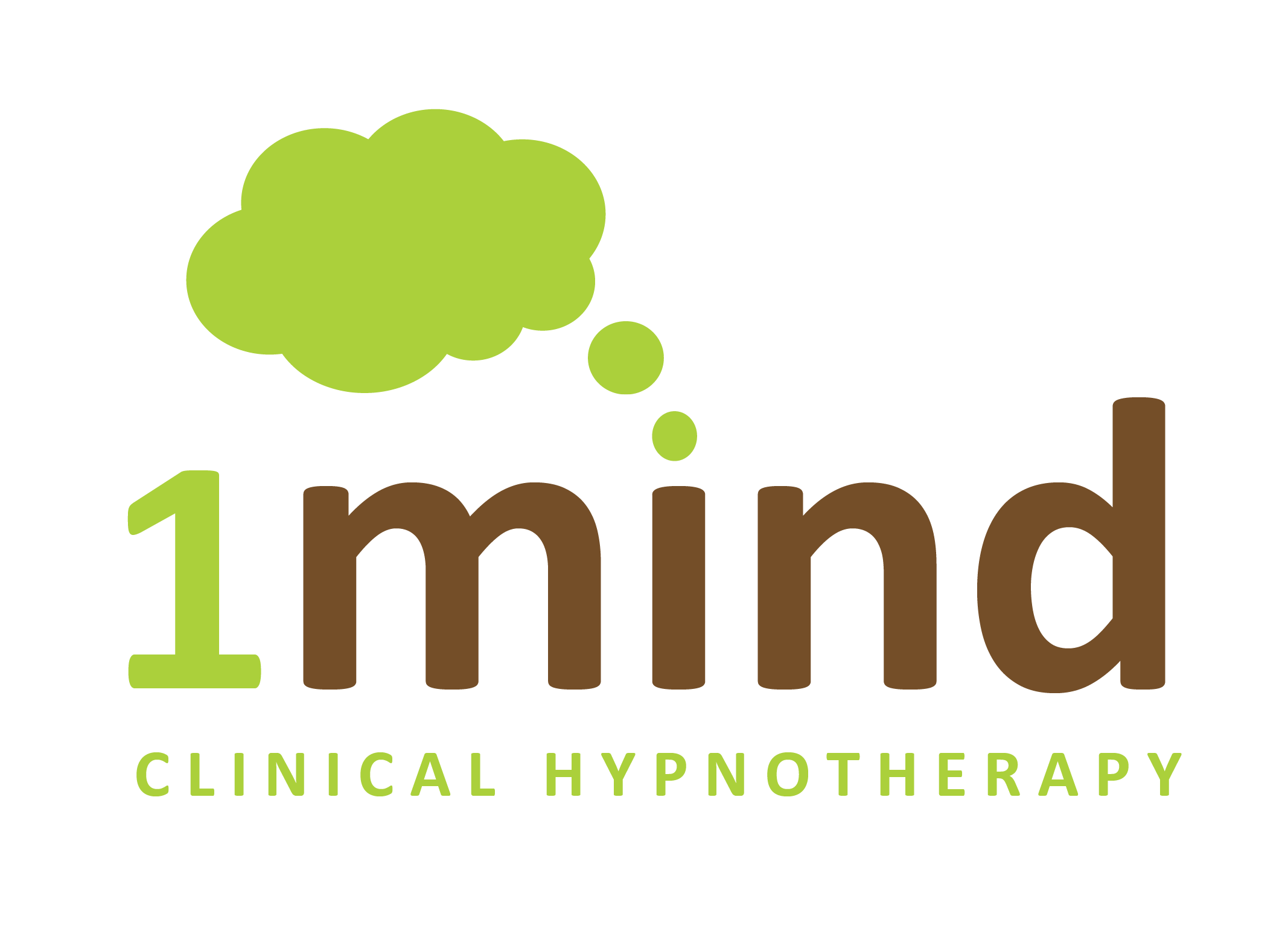
The comprehensive international picture of the mental health of children or those adolescents aged 5 to 17 years shows a growing prevalence of mental health issues, with an ever-increasing impact of those problems on families, parents, carers and young people themselves and the role of health and education services in providing assistance. Until now education services have had little access to EMDR and national health services have no direct access to EMDR. The system is broken, we need urgent action and EMDR can be a major part a global mental health change solution.
The rates for depression, self-harm and thoughts about suicide in teenagers are particularly worrying, with approximately one in ten indicating that they have engaged in self-harming behaviour. Three quarters did so in the previous 12 months.
For teenage girls aged 16-17 years, nearly one in five were found to meet the clinical criteria for depression. Around one quarter of teenage girls in the 16-17 year age range reported deliberately injuring themselves at some point in their lives. The rates for depression in 11-17 year old’s were found to be higher when young people provided information themselves rather than when their parents and carers did so.
In the UK approximately 1 in 4 adults have experienced a mental disorder in the past year. In England the figure is 1 in 6, it is higher for Scotland, Wales and Northern Ireland. Approximately 220,000 people in the UK alone are unable to leave their homes due to anxiety costing the UK NHS by 2020 an estimated £3.7 billon. This is consistent across many international studies.
In the United States of America approximately 1 in 5 adults in the U.S. a staggering 43.8 million, or 18.5% experience mental illness in a given year. The rates for anxiety, depression, self-harm and thoughts about suicide in adults are very high and are particularly astounding:
Suicidal thoughts 20.6% of adults = 13.6 million people
Suicide attempts 6.7% of adults = 4.4 million people
Self-harm 7.3 of adults = 4.8 million people
This is an important signal to all professionals who are faced with the challenging task of helping children and adults access mental health services. Now you can study EMDR yourself or you can learn about EMDR and refer families to these books to be able to help themselves at home. EMDR is a highly effective yet simple treatment and parents who want to take more responsibility for their children, because they have perhaps been let down by local mental health services, now can in the safety of their own home – and we all have a duty of care to inform them about affordable EMDR access because EMDR is the recommended treatment protocol for PTSD and all associated anxiety disorders over 3 months, yet patients are extremely rarely referred for this treatment.
By making EMDR available for Home Use we have responsibly taken away the reliance on over burdened therapists and demystified the treatment, for everyone everywhere to learn in 4 very simple quick easy steps, in plain language and for any therapist, clinician, doctor to now help change how people around the world treat mental health.
It doesn’t necessarily remove the need or role of therapists, clinicians and doctors in the treatment of very complex anxiety and complex associated disorders, but for those patients who cannot afford such help or have little or even no access to EMDR, this simple book can responsibly change and even save lives – in just 4 easy steps.


